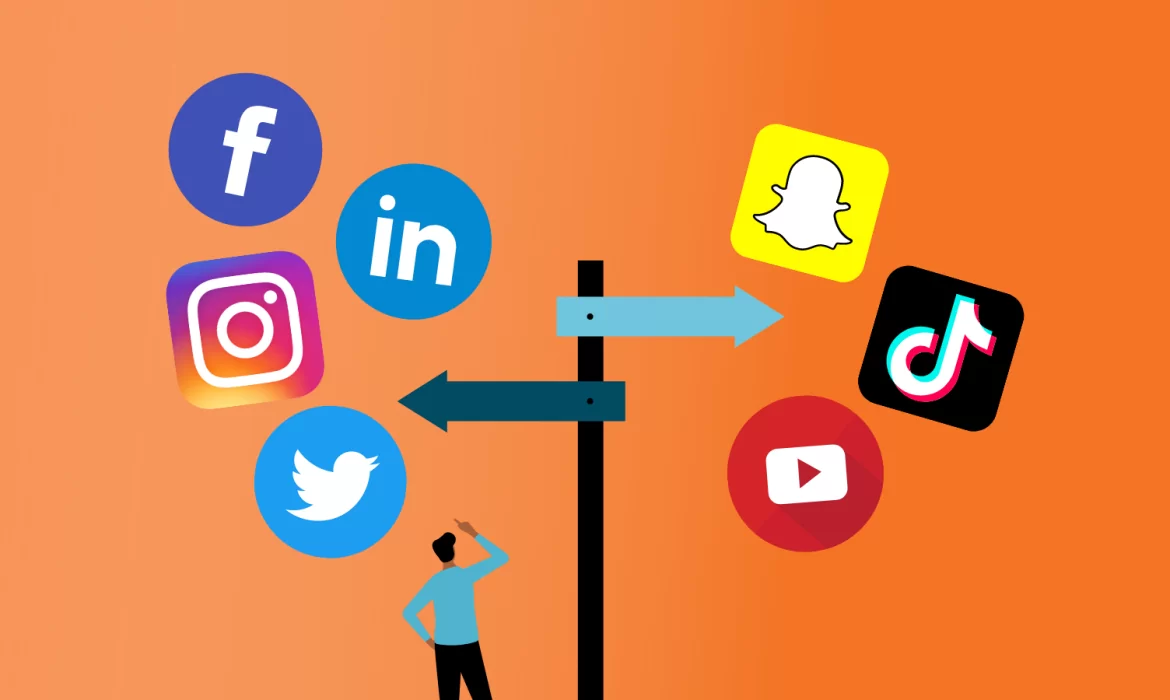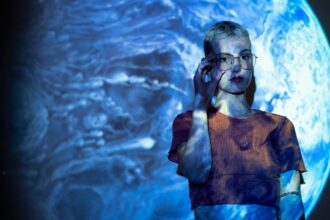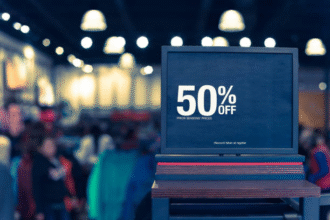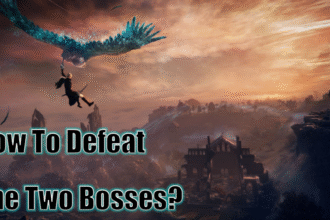Attracting and retaining attention has become both an art and a science in the fast-paced world of social media. Every day, users peruse a limitless amount of material, sometimes paying only a few seconds of attention to each article. Amidst this cacophony, animations have become a potent means of drawing viewers in, narrating tales, and arousing feelings. Whether it’s a dramatic animated advertisement or a discreet loading spinner, these moving images are altering the way we interact with digital material. However, animations do more than just look good; they have a deeper, more calculated function in influencing user experiences and increasing social media engagement.
User Attention:
In an overloaded feed, animations are essential for drawing in users. A tiny motion or a brief looping animation might halt a user in the middle of their scroll, urging them to stop and take a closer look. When creating visual content, marketers and content producers strive for this micro-interruption.
Visual Storytelling:
James Owen, Cofounder of a Marketing Agency believes, stories become more vivid and palatable when they include animated features. Users may follow a dynamic sequence that clarifies complicated topics rather than reading a static post. Whether it’s a brand’s vision, a personal journey, or a product lesson, animations can make tales more emotionally engaging.
Content Engagement:
Clicks are drawn to motion. Compared to static photos, animated GIFs, reels, and brief films have a higher chance of being liked, shared, or remarked on. With careful implementation, animations may promote engagement, whether it is by allowing users to tap, swipe, or simply stay on the screen for a little while longer.
Platform Personality:
Animations frequently capture the distinct feel of each platform. LinkedIn chooses crisp, expert motion graphics, TikTok thrives on quick, emotive, meme-like material, while Instagram loves fluid transitions and imaginative loops. These animations support the platform’s identity and serve as guidelines for user conduct.
Brand Identity:
Brandon Rubinshetin, Founder of Howdy said, to create a recognizable visual identity, brands employ animations. Consider how Apple’s simple, minimalist transitions and Spotify’s lively, flowing images both convey brand values without the need of words. Users can quickly identify companies because to animation’s language of movement.
User Experience:
Animations improve utility in addition to appearance. They give feedback, direct the eye, show progress, and improve the intuitiveness of interfaces. The connection seems seamless and fulfilling because of a tiny animation that plays when you “like” a post or navigate between articles.
Creative Expression:
Jay Toy, General Manager of 88stacks said, Animations allow artists to express themselves in unique ways. In ways that still photos just cannot, they let marketers, artists, and influencers play around with color, timing, rhythm, and transitions. Animation is included into the creative toolset for personal branding and narrative.
Emotional Impact:
Human emotion is evoked by movement. A gradual fade might convey melancholy or serenity, whereas a jumping image conveys playfulness. In a setting where emotional connection is crucial and attention is short, animation helps quickly express tone and mood.
Algorithm Favoritism:
Animated material, such as GIFs and short films, is more strongly favored by algorithms on a number of sites. Platforms prioritize animated content at the top of feeds because they know that people interact more with motion, which gives producers greater exposure and reach.
Ad Performance:
Animations often beat static advertisements in social media advertising. These components increase click-through rates and conversions, whether they are a dynamic text overlay or a looping product presentation. Brands can convey more information more quickly and compellingly by using animations.
Trend Adaptation:
A lot of viral trends have animations at their core. Motion-based content, such as dancing challenge overlays and animated memes, enables artists to keep up to date and capitalize on cultural occasions. In the realm of social media, remaining active frequently translates into remaining relevant.
Community Building:
Reaction GIFs, sliders, and polls are examples of interactive animations that promote community. They encourage people to engage rather than merely consume material by giving it a more lively vibe. This interaction strengthens the bonds between viewers and creators over time.
Conclusion:
In conclusion, animations have developed from being only decorative elements to become vital components of user experience, branding, and digital storytelling. They make information stand out, evoke strong feelings, and encourage interaction in a social media environment that is becoming more and more competitive. Animations will only play a bigger role in internet communication as technology develops. In the digital age, animations are influencing how we communicate, connect, and express ourselves, whether you’re a company, an artist, or simply a scroll enthusiast.

















